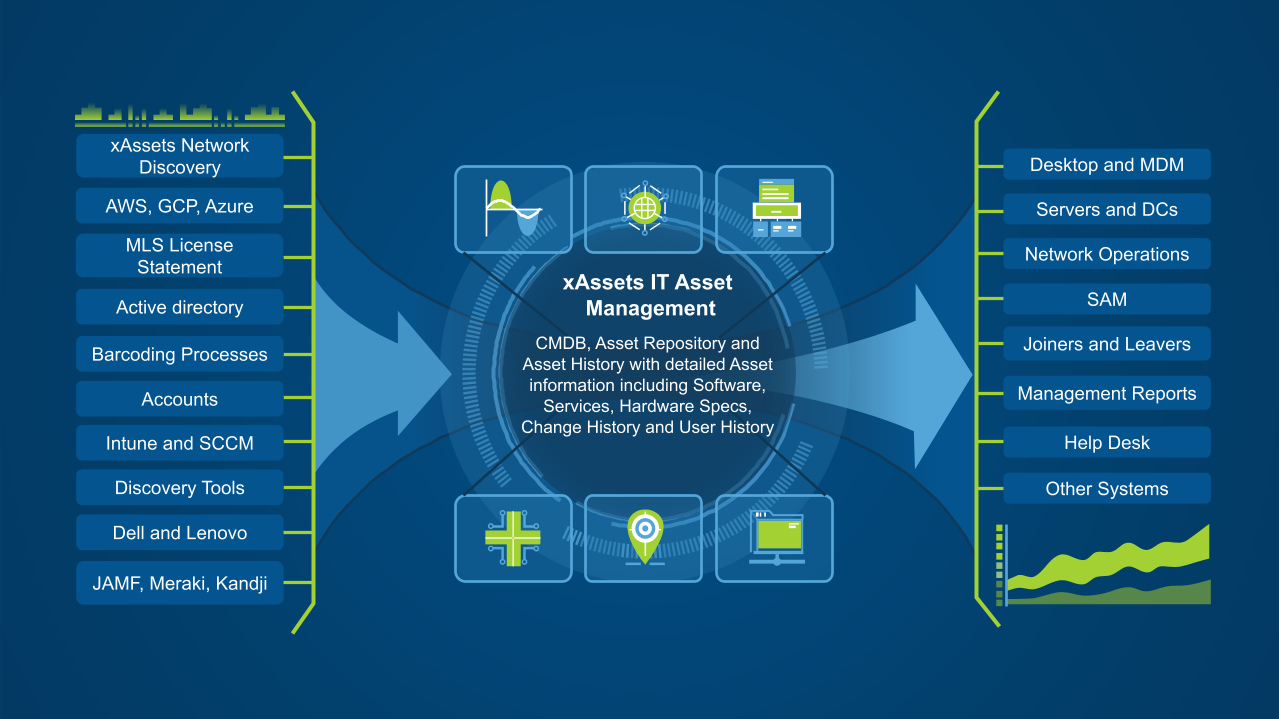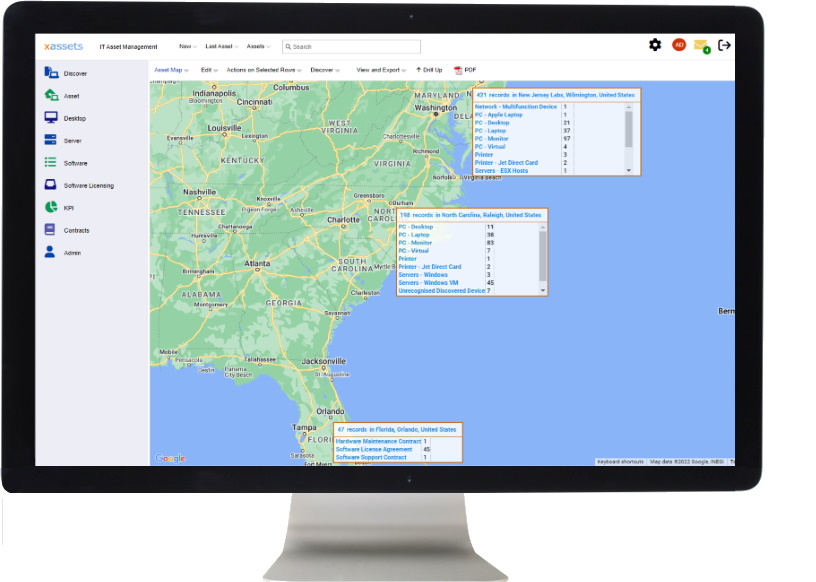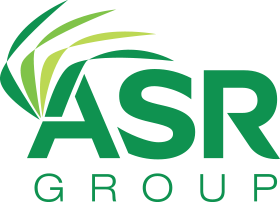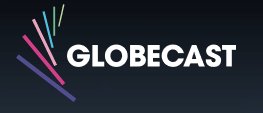15 October 2023
Will Islwyn Lambert - Original EditionIntroduction
Organizations are amassing vast amounts of information, projected to grow from 33 zettabytes in 2018 to
a staggering 175 zettabytes by 2025, according to the International Data Corporation.
This surge is propelled by factors like the Internet of Things, the emergence of artificial intelligence,
and the widespread adoption of data-driven decision-making.
Despite this data influx, many organizations are struggling to make the most of its potential.
Data often remains compartmentalized in various departments and systems, obstructing a unified view of the organization's data.
Additionally, the diversity of data formats poses a challenge for comprehensive analysis.
The benefits associated with pulling this data into a centralized respository like xAssets ITAM are:
Unified view of the organization's data
A central repository provides a single source of truth for all IT data, making it easier to identify trends, patterns, and outliers. This can help IT managers and CIOs to make better decisions about resource allocation, security, and risk management.
Reduced reporting and analytics overhead
With a central repository, IT managers and CIOs can generate reports and analytics on demand, without having to manually collect and aggregate data from multiple sources. This can free up time and resources for other tasks.
Enhanced security and compliance
A central repository can make it easier to implement and enforce security and compliance policies. For example, IT managers can use a central repository to track asset inventory, identify vulnerabilities, and monitor user activity for suspicious behavior.
Improved ITSM
A central repository can help IT managers to improve ITSM processes, such as incident management, problem management, and change management. By having a single source of truth for all IT data, IT managers can more quickly and accurately identify and resolve issues.
And more specifically:
Identify security threats
A central repository can be used to track user activity and identify suspicious behavior, such as failed login attempts, unusual file access, and changes to critical system settings. This can help IT managers to identify and respond to security threats more quickly.
Improve asset management
A central repository can be used to track all IT assets, including hardware, software, and licenses. This information can be used to improve asset utilization, plan for future upgrades, and ensure compliance with software licensing agreements
Optimize IT performance
A central repository can be used to find obsolete equipment including devices with low memory, CPU or disk space. Devices running out of date software can also be identified, reducing risk, improving employee productivity by giving improved performance and security.
Make better business decisions
A central repository can be used to generate reports and analytics on a variety of IT data, such as customer usage patterns, employee productivity, and IT spending. This information can be used by business leaders to make better decisions about product development, marketing, and resource allocation.

Unifying IT Asset Data with xAssets
xAssets helps organizations to get maximum value from their IT asset data.
Serving as a comprehensive IT asset management (ITAM) solution,
xAssets facilitates the tracking and management of IT assets throughout their lifecycle.
xAssets includes a powerful integration engine, capable of connecting to any data source.
Out of the box integrations include:
- Microsoft Intune
- Microsoft System Center SCCM
- Active Directory and Azure Active Directory
- JAMF, Cisco Meraki and Kandji
- VMWare
- Cloud systems including Amazon AWS, Google Cloud, Azure and JIRA
- HP Web JetAdmin Printer Discovery
- Software License Statements
- Dell and Lenovo Warranties
- Ivanti, Altiris and other similar tools
- Single Sign On (SSO) with any provider
Integration Capabilities
xAssets distinguishes itself with its ability to integrate with a huge array of data sources.
This encompasses IT asset management systems, configuration management databases (CMDBs), and other critical enterprise systems.
External systems use different data formats, different data models, different data types and different data structures.
Often we need to setup recognition data to map incoming data from
external systems to the centralized repository, and data often needs translation, mapping, cleaning and key matching.
Using the xAssets Platform, this is a one time setup and is usually very quick to do.
xAssets provides the following tools and functions to help this process
- An extensible data model. Tables and fields can be added as needed to facilitate the storage of any information from other sources
- A data transformation engine. This can be used to transform data from one format to another
- A data recognition engine. New recognition scenarios can be setup and imported from other sources
- Data normalisation functions. This ensures that all data is mapped to the correct database entities and is stored efficiently
- Data cleansing functions. To ensure that data content is properly normalised and formatted
- Key matching functions. This ensure that duplicate records are not created by integrations
- Support for all common data formats including web/json, xml, text, csv and we can import direct from excel
- Web friendly toolsets to help securely authenticate and pull data back from cloud products
A Unified View of IT Assets
Following integration with your data sources, xAssets provides a holistic view of your IT asset portfolio.
This consolidated perspective allows you to view summary and detailed information all your IT assets from a centralized location,
regardless of their physical location or the system through which they're managed.
Analyzing IT Asset Data with xAssets
xAssets equips you with a suite of powerful tools for in-depth analysis of IT asset data.
These tools include discovery, software asset management, procurement, storage, spares, barcoding, servicing, deployment, disposal and powerful reporting.
Together, they empower you to uncover trends, patterns, and anomalies within your IT asset data, resulting in effortless management of your assets.
Reporting Tools
Leverage xAssets to generate insightful reports on critical aspects such as:
- IT asset utilization
- Software license compliance
- IT asset risk
- Expenditure
- Cloud infrastructure
- Risk
- KPIs
Additionally, xAssets offers the flexibility to create custom reports tailored to your specific requirements.
Our query engine is able to help you construct queries from any source, and the report engine builds PDF layouts for you.
Then for fine tuning we provide a Report Designer desktop tool to optimize the layout of PDF reports.
Data Visualization
Harness the data visualization tools provided by xAssets to create intuitive charts and graphs, enabling you to discern trends and patterns that may otherwise go unnoticed.
Benefits
xAssets extends numerous benefits to organizations looking to extract more value from their IT asset data:
- Enhanced IT Asset Utilization: Identify and reallocate under-utilized assets for optimal efficiency.
- Reduced Software License Costs: Track licenses and uncover unused software to negotiate better agreements with vendors.
- Improved IT Security: Prioritize patching and remediation efforts by identifying and monitoring vulnerable IT assets.
- Lower IT Costs: Identify and decommission unneeded assets to streamline operations and reduce expenses.
- Total visibility: know what you've got, where it is, and who uses it
- Identify and address risk
- Improve ITSM
- Improve IT performance
- Make better business decisions



































